Creating a photo series is a great way to experiment with different types of photography and push your creativity forward. There are infinite themes on which to base your photo series. And whether you’re interested in travel or portrait photography, shooting a photo series will help you express yourself and tell stories.
But what is a photo series, exactly? And how can you use them to improve your photography and visual narrative skills?
Those are the questions we answer in this article. We take a deep dive into the photo series, examining what they are and how photographers use them to tell stories and develop ideas. By the end, you’ll have the knowledge and inspiration to start your own magnificent photo series.
A photo series is a collection of images that are linked together in some way. They can be linked by a single theme. They can tell one narrative story. The images can even tell several interweaving narratives. The series can also be a collection of images depicting one photographic style or technique.
You should display all the images from your photo series together. You can display them in many different ways, but they should stay together to emphasize the cohesion of your series.
There’s no limit on how many images your photo series can include. Of course, you have to have more than one photo. But it can range anywhere from two images to 200 images. It depends on what you’re trying to achieve.
A photo series should not be confused with a photo essay, though there are some similarities. A photo essay is a form of documentary photography or photojournalism where the photographer creates a visual study of one subject. A photo essay needs a narrative, a real-world subject, and a point of view.
A photo series, on the other hand, can be linked in other ways. Your photo series can have a narrative and a real-world subject. But the images can also have a looser, more imaginative connection.
They can be a collection of images that look similar or contain the same visual elements. Or they can be photos in which the photographer has used the same interesting technique.
The collage below is a simple yet effective illustration of how you can link your images together. It’s a collection of travel images, but the flower gives the collection a cohesive link. It’s a visual clue that ties them together. It’s also a collage, so all the images are displayed as one.
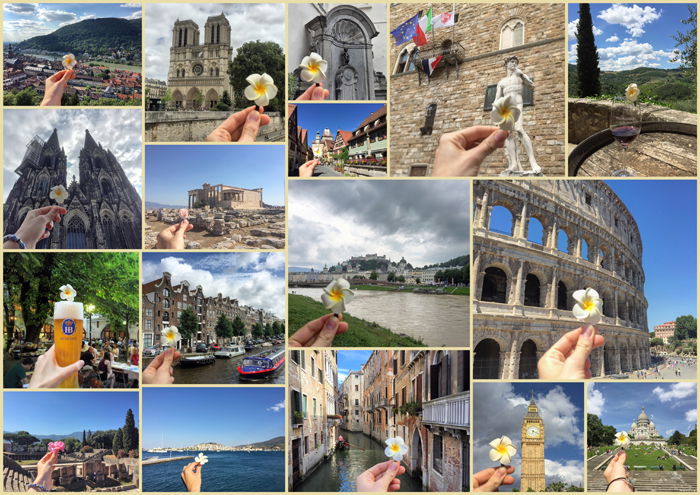
A photo series can be used to tell stories with your pictures. Every image should add something to the story. But they have to be linked together as well.
It’s also important to edit your pictures in the same style. Use the same color schemes or the same presets and filters. If the images in the set have all different styles, they won’t look like part of the same series.
When you create a photo series, consider the layout and the presentations as well. Will you showcase your photos in a grid, side by side, or in a collage? Either way, the presentation can influence how you photograph your series.
You might be wondering where to start and how you can successfully capture images without losing interest.
Many photographers start big projects, fail a few times, and give up. Failure is normal and shouldn’t discourage you from achieving your creative goals. Start small and create realistic goals. The key is to challenge yourself and always look for inspiration.
If a task is too easy, you’ll lose interest in it quickly. If it’s too challenging, the same thing will happen.
Another way to keep yourself interested is by collaborating with someone you trust and admire. You can create double-exposure portraits using your own portraits and someone else’s textures. You can even use someone’s free photos and let them know that you created something inspired by their work.
It is really important to find your inspiration for a photo series. A great way is to research famous photographers and open some photography history books!
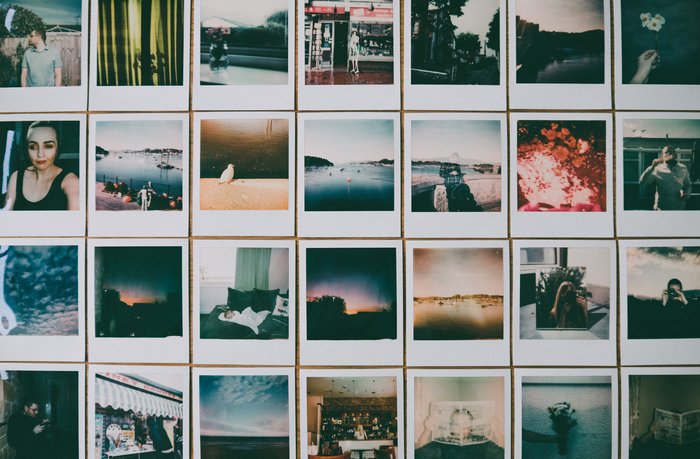
There’s so much creative freedom when it comes to a photo series. While that’s a blessing for aspiring photographers, it can also be a curse. With so many options, it can be hard to know where to start.
These photo series ideas are designed to help you get started. We look at different photography techniques. We recommend several ways of displaying your series. We also examine some themes anyone can experiment with.
Start simple by creating a two-image photo series. Two images is the minimum requirement for a photo series, but a Diptychs can still be a highly effective way of telling stories or addressing themes.
Diptychs are two-photo collages that you can use to emphasize unusual similarities or tell a story.
If you enjoy playing around with colors or contrasting themes, you’ll find a lot of inspiration in this genre.
You can create a diptych photo series inspired by…

Double exposure is a classic technique for creating visually interesting and often surreal images.
This is where you have two exposures in one image. One exposure does not replace or overpower the other. You should be able to see the main elements from both exposures in your image.
In analog photography, you create a double exposure by exposing the same film cell twice. That’s how this technique gets its name.
With digital photography, however, you have to create a double exposure digitally. Some mirrorless cameras have a built-in double exposure mode. But if your camera doesn’t have this mode, you can use any decent photo editing software.
By using two exposures in one, you can condense more meaning into one image. This is useful when creating a meaningful photo series, helping you convey your theme more clearly.
You can overlay images that contrast or contradict one another. For example, you can over lay an image of building tools over a picture of a plant or a natural scene. Here’s you’re contrasting destruction and growth or things that natural and man-made.
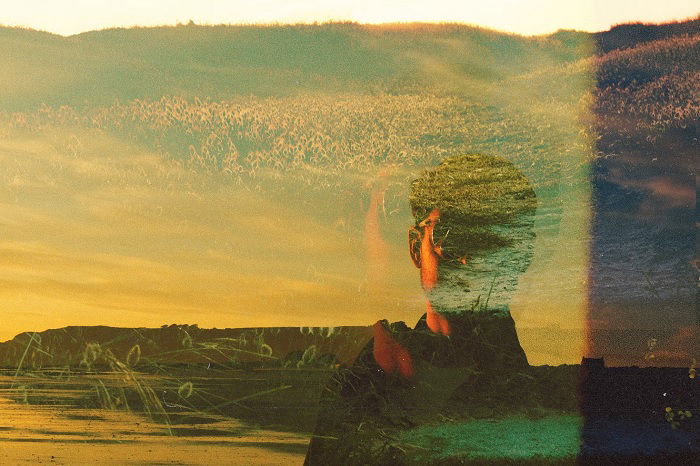
If you want to challenge your camera handling skills, take photos of the same location throughout a specific period of time.
This can be a day, a month, or even a year. The longer you spend time on one subject, the more interesting your results will be.
It can be difficult to photograph the same location in different circumstances. The weather, lighting, and temperature can all get in the way.
But this challenge won’t hinder your progress if you treat it like a simple, skill-strengthening obstacle.
This photo series might come in handy if you’re a travel photographer.
Document the changes in your favorite locations as the day progresses. You’ll be more present and be able to spend more time in places that you like.
To make your photos look as similar as possible, make sure you mark where you placed your camera. You can even turn your images into a time-lapse video.

Portrait photography is one of the most popular forms of photography. The focus on characters and personalities draws the viewer in, which is why portraits are a great choice for a photo series.
There are several different approaches to take when shooting a portrait photo series. Your first option is to choose one subject and take several portraits of this one person. You can experiment with different portrait styles, and you can try a variety of locations.
Another option is to take a series of portraits of different people. You can choose these people at random, but you will need something that links the series together. This could be the style of portrait you take or the setting.
But a portrait photo series works best when there’s a thematic link connecting all your subjects. They could be family members, residents of one village, or members of a sports team. There are so many options, but find a portrait theme that interests you.

Don’t worry if you can’t find anyone to pose for you. You can be your own model and create a photo series using self-portraits.
Self-portrait photography is a far deeper and more experimental genre than people might expect. The selfie has become an art form all its own since the rise of social media. But the self-portrait has been around for over a century.
You can make a series of selfies, perhaps taking a picture of yourself every day for a year. But there’s so much more you can achieve with serious and considered self-portraiture.
Creating characters or personas is a great way to use self-portraits. Or you could simply use it as a form of self-reflection. Many photographers find self-portraits empowering, especially if they are low on self-confidence.
Using a tripod and a shutter remote makes taking self-portraits much easier. You’ll have far more creative freedom, allowing you to dress scenes and pose however you like.
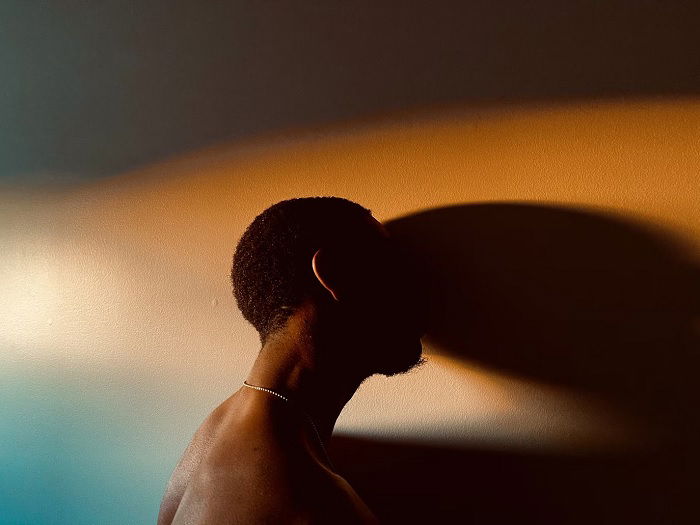
Like children, pets grow up way too fast. If you love documenting tender moments, create a photo series inspired by your pet’s growth.
This is a long-term project that will give you unforgettable results. I started doing this when I got my cat and was amazed by how fun and inspiring the process was!
Of course, you don’t have to limit yourself to animals only. Your series can focus on a family member, a friend, or even a plant.

No matter where you live, there’s always some piece of local history nearby. It could be an old building or a church. It could also be several locations linked together by one story from history.
It doesn’t have to be ancient history. Your area might have recent stories of great significance. Or, you might even find stories that thread through the past to the present day.
You can even take pictures of artifacts from days gone by. These items can tell a story about a place’s past. These could be pieces of mining equipment from an old mining community. Or the items could be pre-historic fossils.
Ask residents and local historians for more information. Use people as a resource to help you dive deeper for a more engaging photo series.
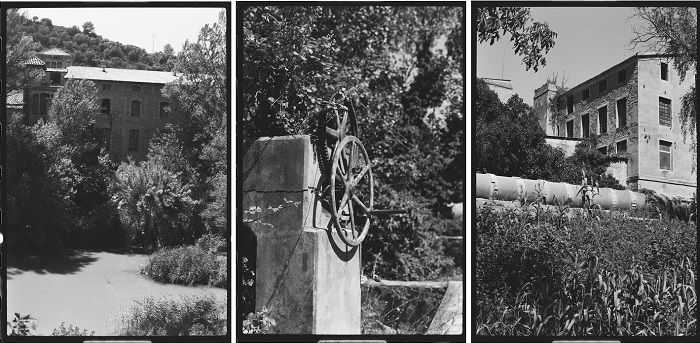
Macro photography allows you to capture extreme close-ups of small subjects. Whether it’s flowers or insects, you can see them up close and in detail.
To make a coherent photo series using macro photography, you need to choose a wider theme. You can choose one garden and capture macro shots of the flowers within. Or you can show all the insect life found in that one area.
Macro photography is not limited to plants and bugs. You can use it to capture closeups of anything you consider worth seeing in intricate detail.
To make the most of this experience, use a macro lens.
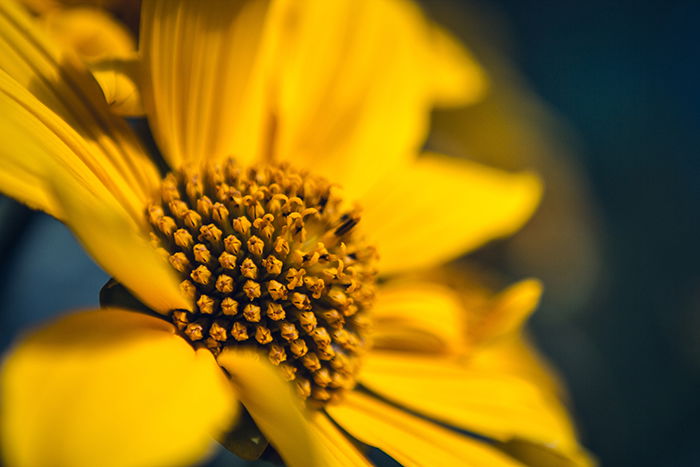
Conceptual photography is all about artistic expression and meaningful themes. There’s no limit to what you can do in this genre if it has a strong message.
You can use your editing skills to create levitating people or create unusual props that look like they’ve been Photoshopped.
A conceptual photo series can revolve around a specific theme or focus on many subjects that complement one another.
If you need some inspiration, check out these photographers:
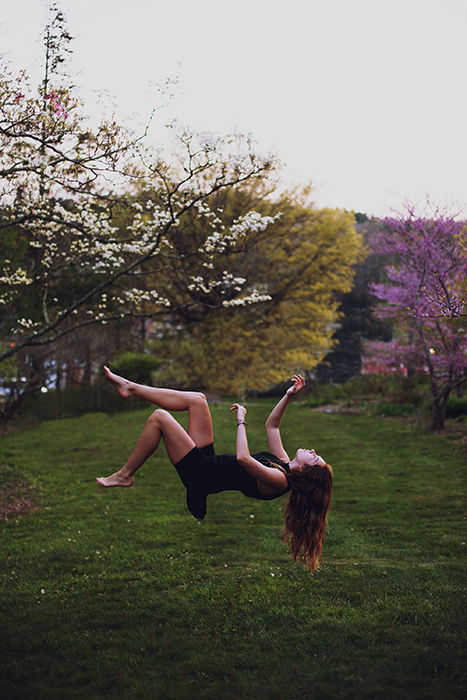
Just a few years ago, it looked as if analog photography was on death’s door. But now film photography is all the rage and the scene is thriving once again.
You can shoot any kind of genre using traditional film, whether black and white or color. It’s a versatile medium, and it gives your images a retro look that people love.
Film photography has more limitations than digital. For example, you can’t see the shot you’ve taken until you’ve developed the film roll.
Another thing about film is that each film only has 24 or 36 photos per roll. This can be an inconvenience to some, but you can also use it to your advantage when creating a photo series.
Your photo series could be all 36 images from one roll of film. They could depict a day or a week in your life. Or they could be a collection of random images. But they will always have one thing binding them together: all the images are from the same roll of film.
You can do this with different film stocks. There are many different film stocks to choose from, so you have plenty of creative options. You have black and white rolls, there are different color stocks, and different rolls have different ISO levels.
If you want to challenge yourself even more, take film photos of specific people or things. You can experiment with both 35mm film cameras and more advanced medium format ones.

One of the problems with normal film photography is that you have to get the photo developed. This can take a long time. But you have not such trouble with instant photography.
Polaroids are the most famous instant cameras, which is why this style of photography is often called Polaroid. But other instant cameras are available, like the Fujifilm Instax.
But no matter which instant camera you go for, you still get analog photos straight away. These cameras print a developed photo as soon as you take the picture. You have to wait a minute or two for the picture to appear, but that’s it.
An instant camera is a great tool for a photo series. You can take portraits, self-portraits, or wider, scenic shots. But the photos also have the distinctive Polaroid-photo style. This is a great way to group images together into a photo series.

Taking pictures of people doing things can make a great photo series. Your subject can be working or taking part in an activity of some kind.
Craftsmen make excellent subjects, especially if they work in a workshop. Your photo series could be a study of them at work. The series could include environmental portraits, close-ups of their hands, and shots of their tools and wares.
Athletes are another great subject for a photo series. You can capture individual sports people training. But you can also take pictures of groups or teams training and playing. You can pick any sport you like, from boxing to table tennis.
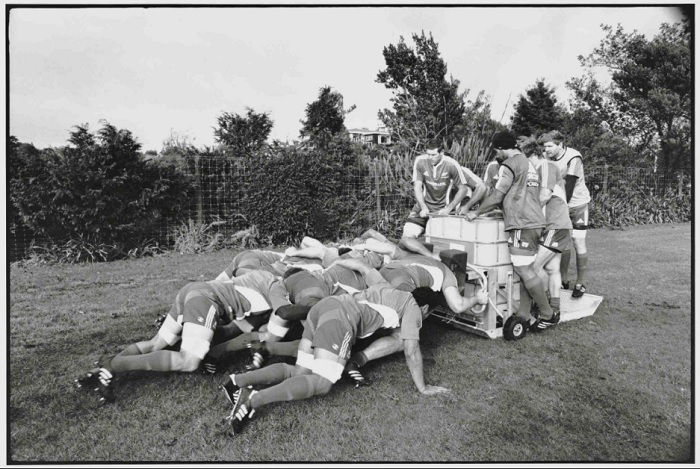
Taking a day trip with your camera is a great way to refresh your enthusiasm if you’re suffering a from creative block. It’s all the more effective if you go somewhere you’ve never been before. The new sights and sounds will invigorate your creativity.
You can then turn the photos taken on that trip into a photo series. The series can be a study of the place you went, with pictures of landmarks and interesting elements. Or you can focus on the people or wildlife in that place.
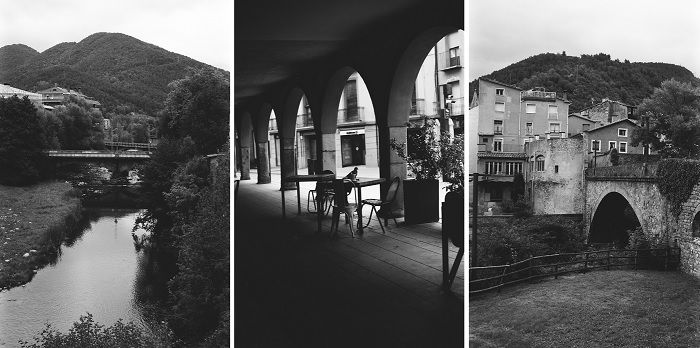
Making a photo series is a brilliant creative challenge if you’re trying to push your skills and ideas forward. A photo series can be simple or complicated. It can tell a story or explore a theme. You can even use one to master a specific photography technique.
Whether you want to tell stories or perfect your portraits, a photo series is a fantastic exercise. All you need is a camera and something to say (visually speaking, that is). You can start small and close to home, then you’ll have the confidence to tackle bigger photo series projects.
